为什么要进行微服务拆分?
在平常的商城项目中,我们一般的项目结构模块都是将各种业务放在同一个项目文件夹,比如像:
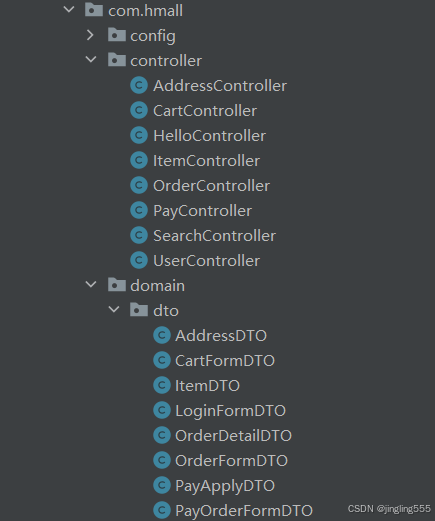
用户,购物车,商品,订单,支付等业务都是放在一起,这样很容易一个文件改动造成多个文件也要变动,而且在团队项目中也不容易维护,所以可以进行微服务拆分,来解决这个问题。
怎么拆分?
从拆分目标来说,要做到:
- 高内聚:每个微服务的职责要尽量单一,包含的业务相互关联度高、完整度高。
- 低耦合:每个微服务的功能要相对独立,尽量减少对其它微服务的依赖。
从拆分方式来说,一般包含两种方式:
- 纵向拆分:按照业务模块来拆分
- 横向拆分:抽取公共服务,提高复用性
对于hmall商城项目,它分为5大模块:
- 用户模块
- 商品模块
- 购物车模块
- 订单模块
- 支付模块
我这里采用的是横向拆分,把它们公共的服务提取出来放在hm-api里面
比如在购物车模块里面,它使用到了商品模块里面的服务,
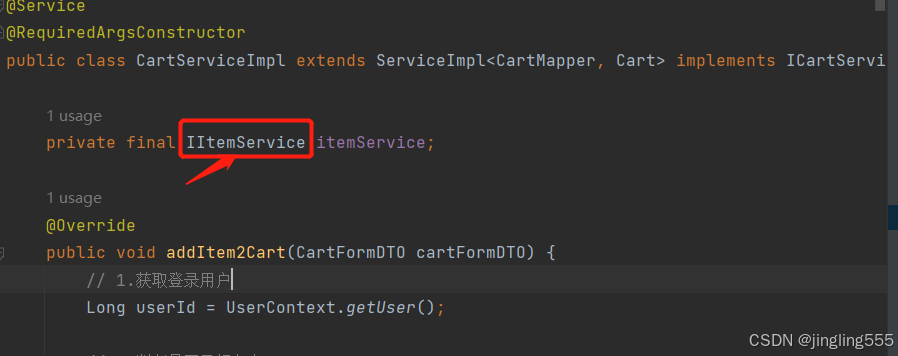
那么就可以把购物车模块里面用到的商品模块里面的服务抽取出来。
实现微服务拆分
前提:
IDEA(2021以上版本),JDK11,VMware Workstation Pro,MobaXterm
会使用docker,涉及到服务的远程调用(这里使用的是nacos注册中心)
项目架构:
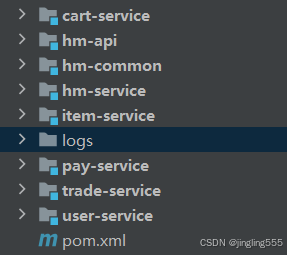
hm-api:抽取出来的公共服务
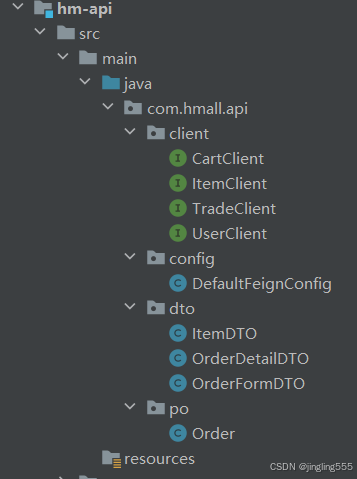
用户业务
新建项目:
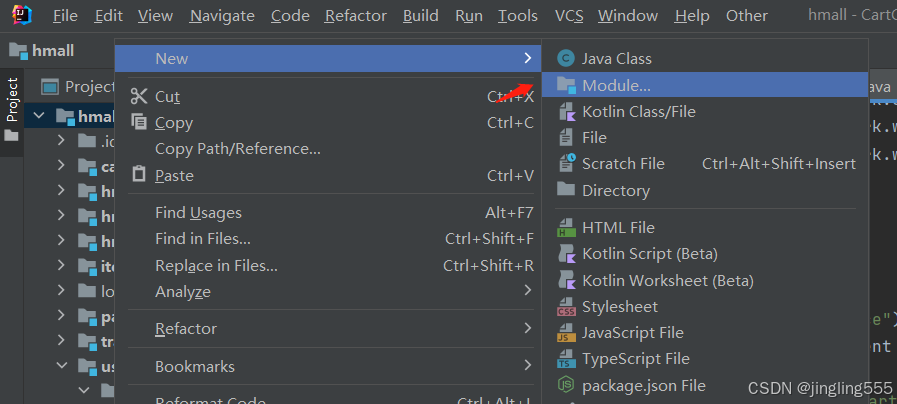

从原本的单体商城项目中,把用户模块的内容复制过来,如图:

这里还有很重要的是配置yaml文件
application.yaml
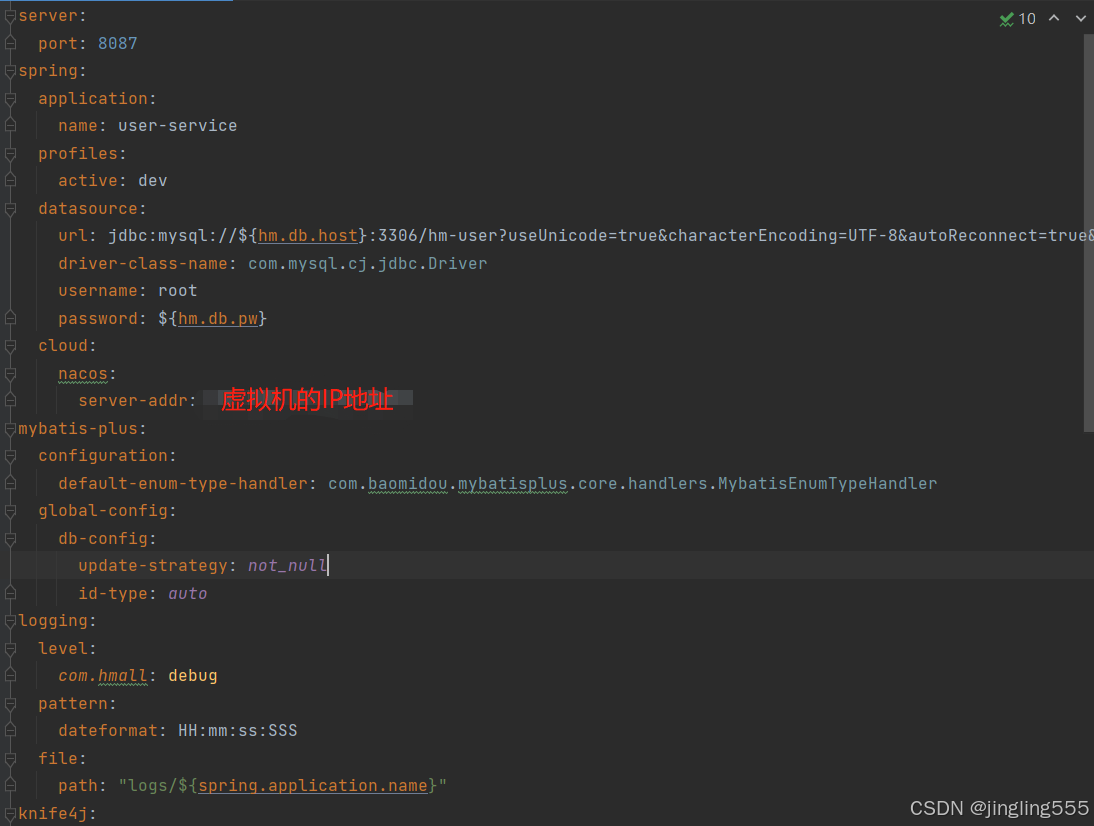
application-dev.yaml
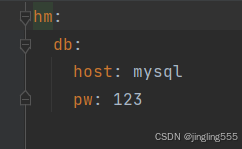
application-local.yaml

在运行前,先配置一下UserApplication
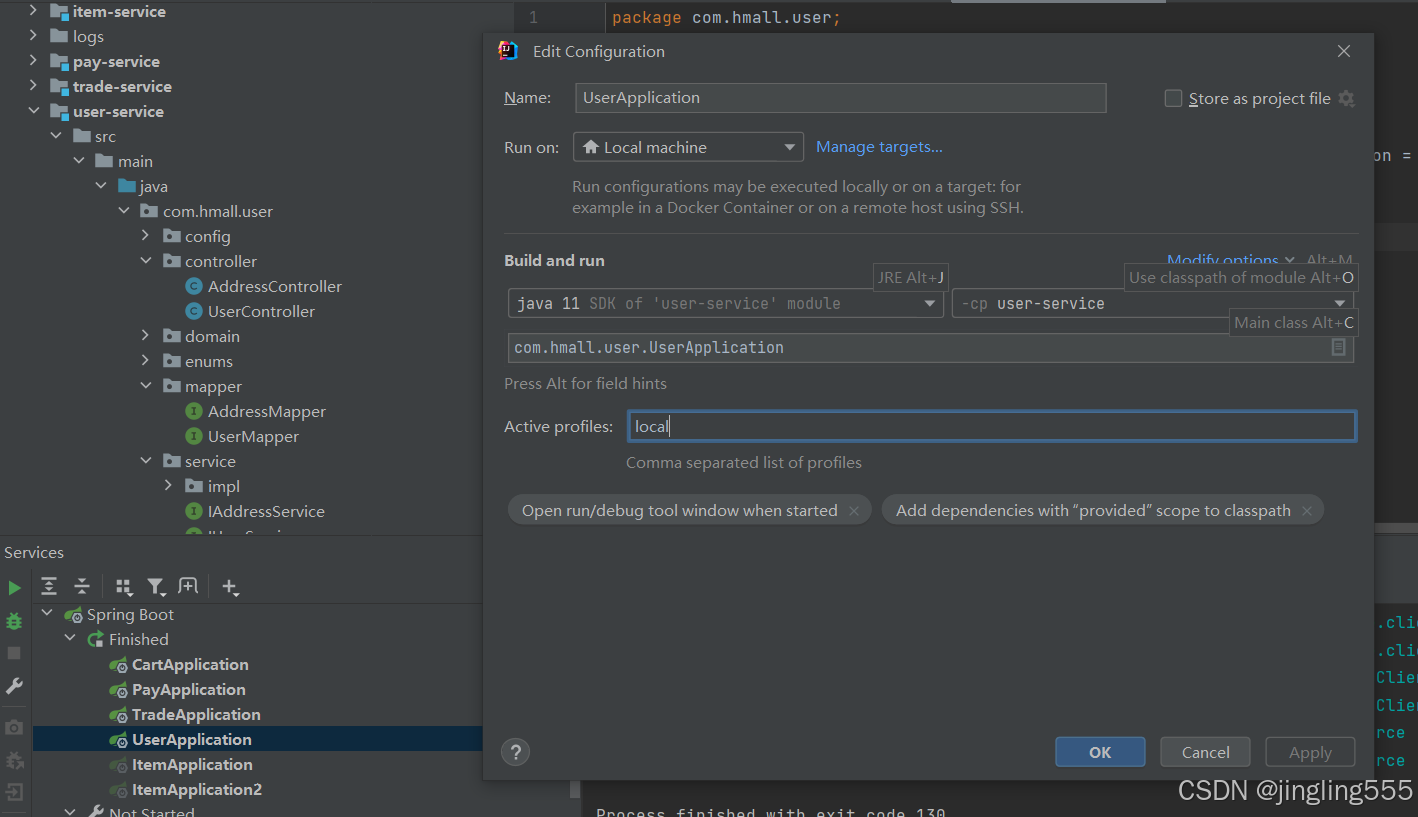
连接上虚拟机,开启MySQL和nacos

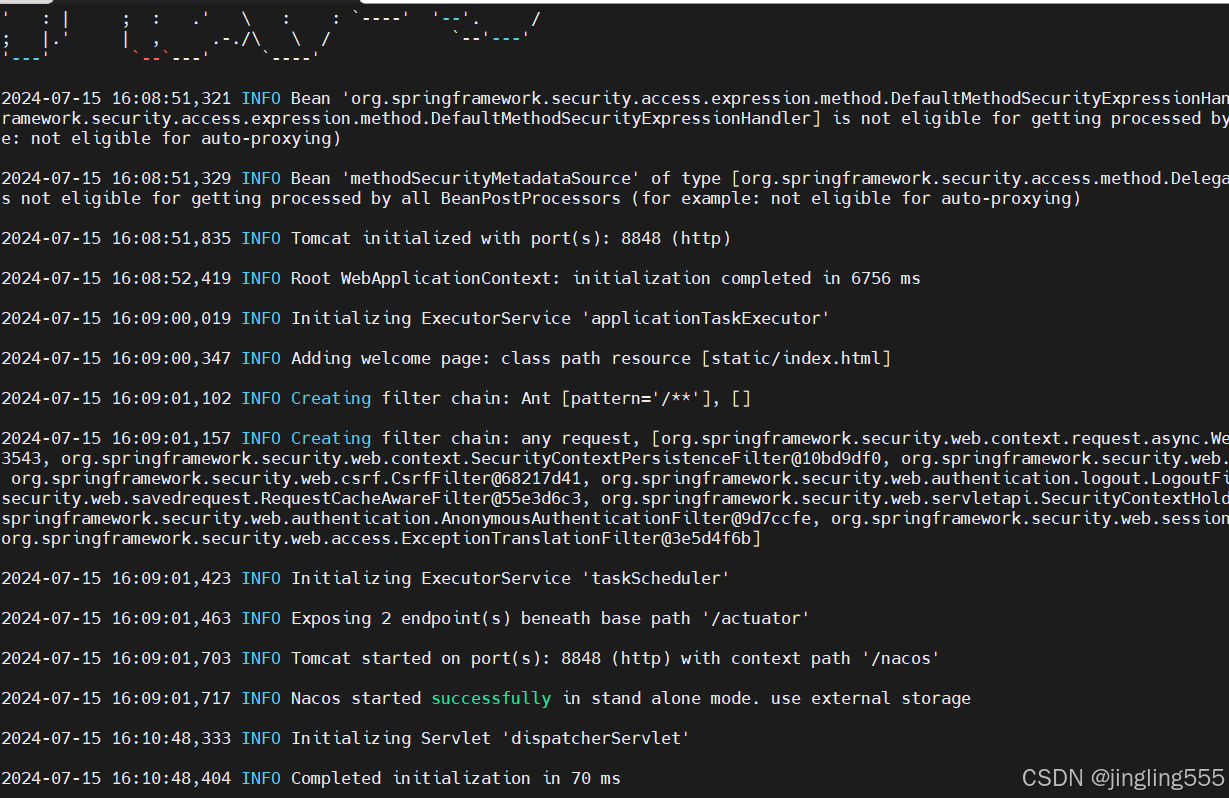
一些命令:
# 设置开机自启 systemctl enable docker #查看 docker ps #启动数据库 docker start mysql #访问nacos docker log -f nacos运行成功:

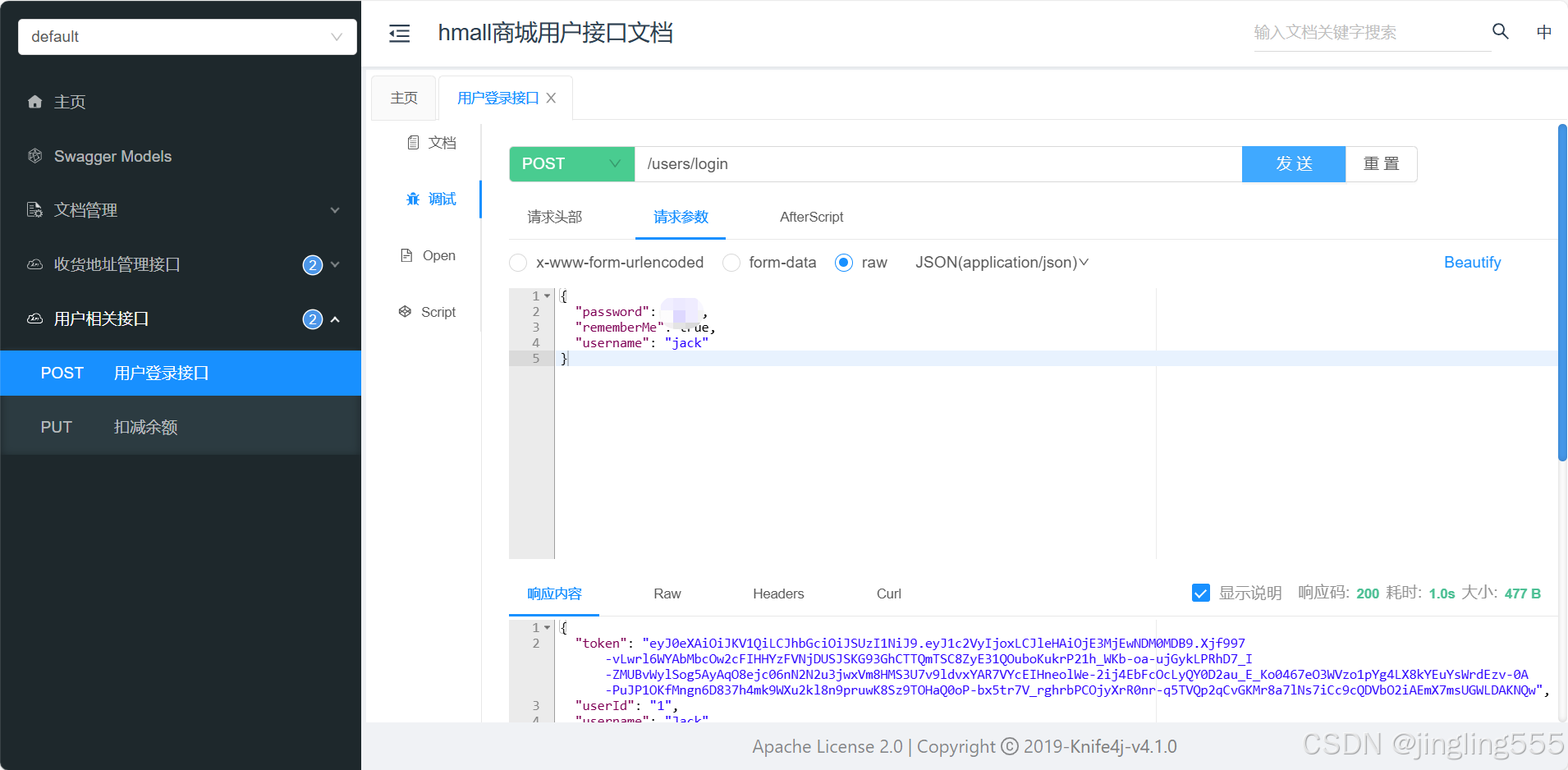
同理,剩下的4个业务也是这样拆分,其实公共服务就是把各个业务交织的部分,抽取出来,这样就只需要在hm-api里面去调用就可以,
并且pom.xml里面要引入这个公共服务api
<!-- hm-api--> <dependency> <groupId>com.heima</groupId> <artifactId>hm-api</artifactId> <version>1.0.0</version> </dependency>hm-api
项目结构:
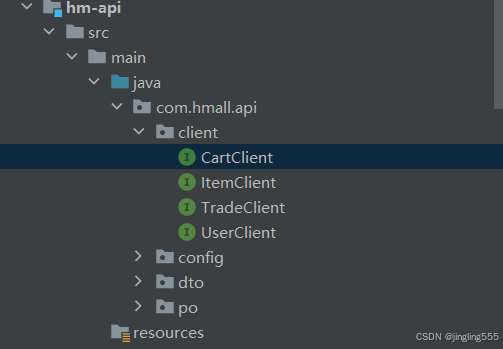
client:
package com.hmall.api.client; import org.springframework.cloud.openfeign.FeignClient; import org.springframework.web.bind.annotation.DeleteMapping; import org.springframework.web.bind.annotation.RequestParam; import java.util.List; import java.util.Set; @FeignClient("cart-service") public interface CartClient { @DeleteMapping("/carts") void deleteCartItemByIds(@RequestParam("ids") Set<Long> ids); } package com.hmall.api.client; import org.springframework.cloud.openfeign.FeignClient; import org.springframework.web.bind.annotation.DeleteMapping; import org.springframework.web.bind.annotation.RequestParam; import java.util.List; import java.util.Set; @FeignClient("cart-service") public interface CartClient { @DeleteMapping("/carts") void deleteCartItemByIds(@RequestParam("ids") Set<Long> ids); } package com.hmall.api.client; import io.swagger.annotations.ApiImplicitParam; import org.springframework.cloud.openfeign.FeignClient; import org.springframework.web.bind.annotation.PathVariable; import org.springframework.web.bind.annotation.PutMapping; @FeignClient("trade-service") public interface TradeClient { @ApiImplicitParam(name = "orderId", value = "订单id", paramType = "path") @PutMapping("/orders/{orderId}") void markOrderPaySuccess(@PathVariable("orderId") Long orderId); } package com.hmall.api.client; import org.springframework.cloud.openfeign.FeignClient; import org.springframework.web.bind.annotation.PutMapping; import org.springframework.web.bind.annotation.RequestParam; @FeignClient("user-service") public interface UserClient { @PutMapping("/users/money/deduct") public void deductMoney(@RequestParam("pw") String pw, @RequestParam("amount") Integer amount); } 总结:
微服务架构,首先是服务化,就是将单体架构中的功能模块从单体应用中拆分出来,独立部署为多个服务。同时要满足下面的一些特点:
单一职责:一个微服务负责一部分业务功能,并且其核心数据不依赖于其它模块。
团队自治:每个微服务都有自己独立的开发、测试、发布、运维人员,团队人员规模不超过10人
服务自治:每个微服务都独立打包部署,访问自己独立的数据库。并且要做好服务隔离,避免对其它服务产生影响
